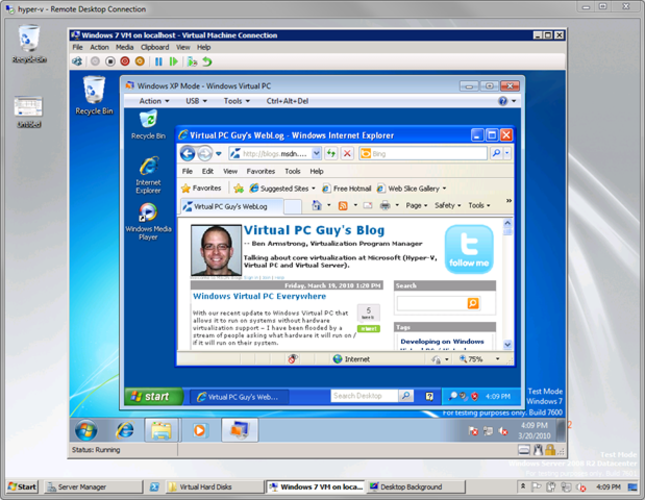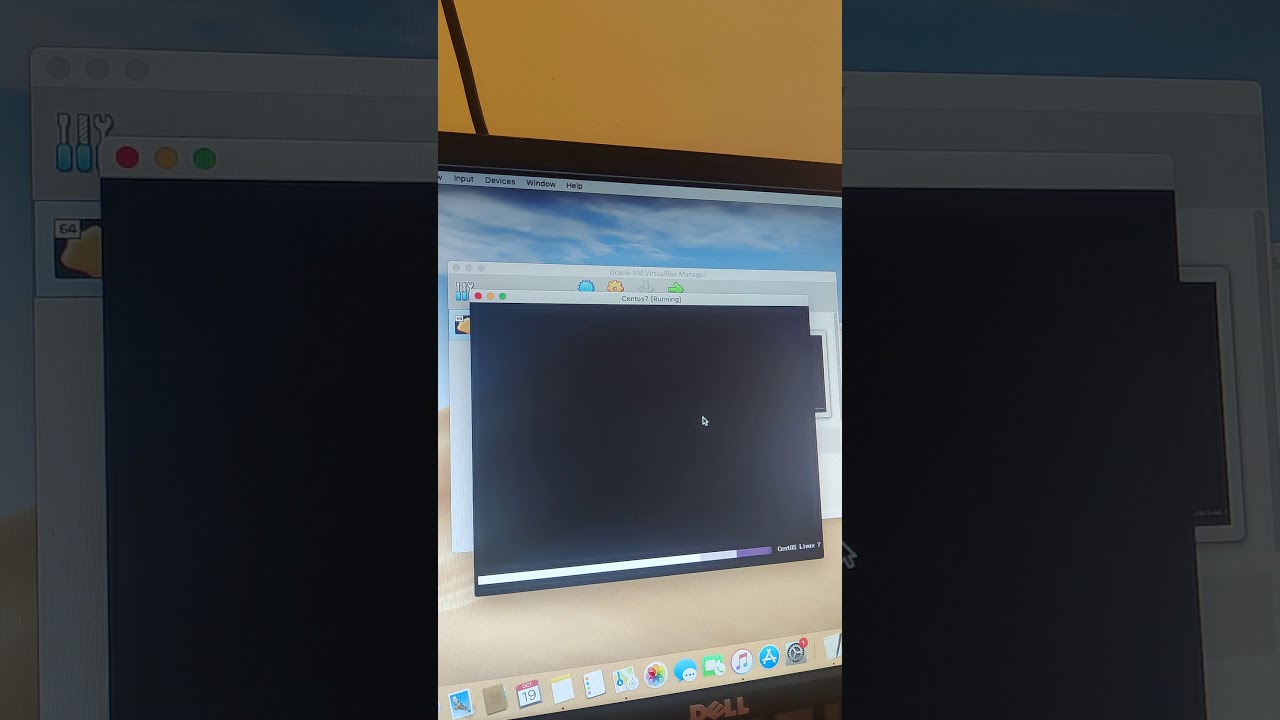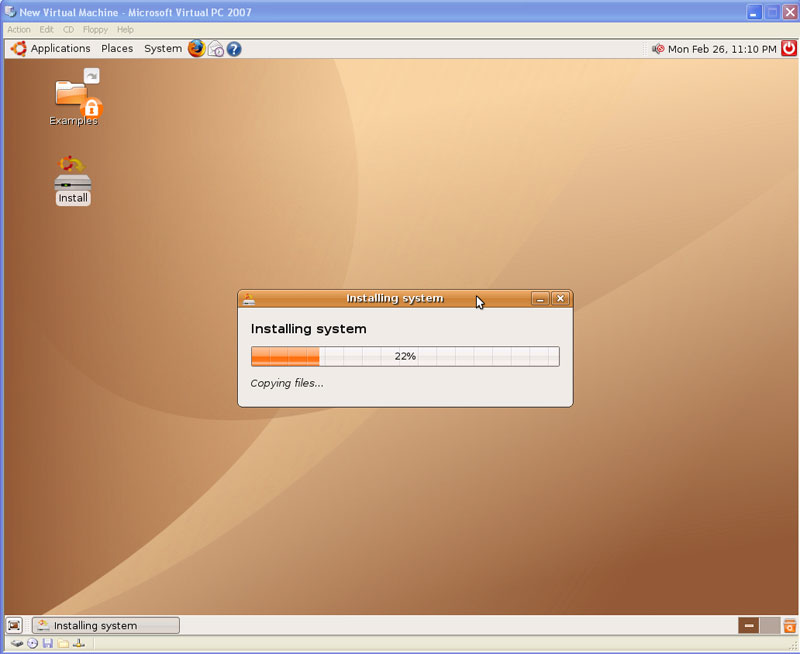
The command cat <
#Virtual pc linux install#
sudo dnf -y install dnf -y install kernel-headers kernel-devel dkms elfutils-libelf-devel qt5-qtx11extras First, run the following DNF command set given below to install the development tools and the kernel library tools for Fedora on the system. Since there are a few versions of the Fedora workstation, we will see methods of installing the VirtualBox on most used distributions. Installing the VirtualBox on a Fedora machine is also easy. VirtualBox is popular for all Linux distributions as a unique self-hosted virtual machine. Once you are done with all the installation steps, you may now fire up the VirtualBox on your system from the terminal shell by typing virtualbox in the shell. Sudo VBoxManage extpack install Oracle_VM_VirtualBox_Extension_Pack-6.1.26.vbox-extpack Lastly, run the wget command set given below to install the VirtualBox extension pack on your system. echo "deb $(lsb_release -cs) contrib" | sudo tee /etc/apt//virtualbox.listįinally, you may now reload the system repository and run the following apt command given below to install the VirtualBox on your Ubuntu system. Now, add the VirtualBox repository to your system. sudo apt-get install software–properties–common You can run the following commands on your terminal shell to load the properties software-common set on your machine for VirtualBox. If you face issues installing the VirtualBox on your machine through the official Linux repository, you might need to use Oracle’s repository to get the tool on your system. When the installation ends up, you may now run the following command to get the extra packages for VirtualBox in your system.


#Virtual pc linux update#
First, update your system repository, then run the following aptitude command on the terminal shell with root access to install the latest VirtualBox on your Ubuntu/Debian Linux distribution. Since it’s already available in the official Linux repository, we can get it from the repository. Installing the VirtualBox on Ubuntu and Debian distributions is easy and straightforward.
#Virtual pc linux how to#
In the very beginning, we will see how to install and use the VirtualBox on Linux distributions. VirtualBox is one of the most popular and well-known tools in the world of virtualization for both Linux and Windows. Method 1: Use VirtualBox for Virtual Machine on Linux In this post, we will see the methods to run a virtual machine on Linux. There are many other hypervisors like VirtualBox for Linux systems that you can install and use on your Linux machine. If you’ve ever heard about virtual machines, I’m sure you are already familiar with VirtualBox, which is powered by Oracle. It executes runtime systems and applications inside your actual operating system. It can be in both 64 or 32-bit architectures. In Linux, the hypervisor type 1 interacts directly with the Kernel to execute the program for creating virtual RAM, data drive, CPU, NIC, and other virtual hardware. 5.A virtual machine is a computer inside a computer that is run through a hypervisor. Therefore, for service-oriented software, such as microservices, using containers is an effective solution. We can run multiple containers on a single Linux machine without having to install multiple virtual machines on the server. Some popular platforms that provide containerization include Docker, Azure Container Registry, and Podman.

In short, containers provide multiple isolated user spaces, while a virtual machine provides a complete operating system. The process of packaging the application is known as containerization. To overcome this issue, we can carry out OS-level virtualization through containers.Ī container is a user space where the server or the application and its environment reside alongside the required dependencies. For that reason, maintenance becomes costly and time-consuming.Īs we saw earlier, a Linux server in a virtual machine is not an optimal solution, let alone multiple Linux servers in multiple virtual machines. So, running multiple servers might have conflicts in the environment, such as one server depending on a newer library than the installed one. The environment includes basic utilities, dependencies, libraries, executables, and environment variables. Sometimes, we might need to run multiple servers on a single machine where we need to provide a neat environment for each server.


 0 kommentar(er)
0 kommentar(er)
